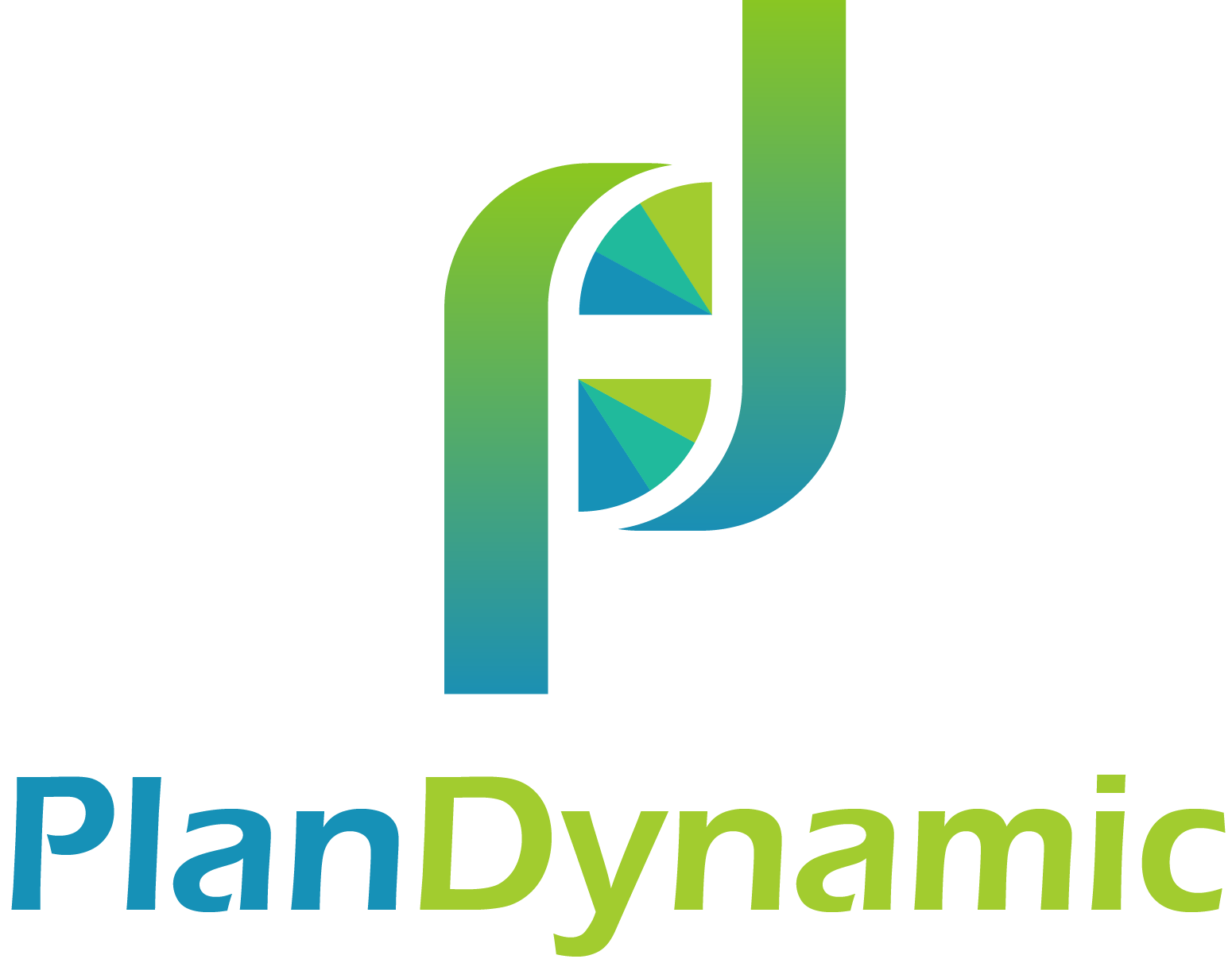Work Benefits: Enroll Into Your HSA
October brings Open Enrollment to work benefits. The once-a-year opportunity where changes can be made without needing a life event. Beyond the “in-case-of” and retirement benefits, you must act here to maximize tax-planning for 2020.
Yet, people spend more time previewing binge-worthy shows than reviewing their electives. Worse, are those making time but focus on lowest dollar amount taken from paychecks rather than a net cost/benefit analysis.
What are HSAs?
Health Savings Accounts or HSAs are tax-exempt savings plans paired with a high-deductible health plan (HDHP) meeting certain criteria.
Key HSA Facts:
In 2020, an individual can contribute $3,550 and a family up to $7,100.
If age 55 or older, you can contribute additional $1,000.
Contributions are taken out pre-tax or tax-deductible, if self-employed.
No federal taxes on HSA funds spent on qualified health care expenses.
Excess HSA funds can earn tax-free interest and investment growth.
Thus, unlike any other tax-advantaged savings plan, HSA can offer “triple tax benefits”: tax-free contributions, tax-free earnings, and tax-free distributions.
Not to be confused with FSA.
Flex Spending Accounts, FSA is “Use It or Lose It” each calendar year whereas HSA has no limits on amounts carried over each year or when funds are used. Plus you own the HSA, meaning if leave a company or retire, you keep it and the tax-advantaged status.
Take the free money.
Shockingly, over 50% of eligible Americans decline to participate in an employer’s HSA. Unbelievable considering many employers contribute $500-$1,000 each year if the employee simply enrolls with $1 each pay period. Imagine an annual $26 commitment yields $500 - $1,000 - take it!
Get the tax savings.
Consider a family averaging $4,000 in out-of-pocket medical expenses in 24% tax bracket. If did HSA pre-tax contributions, then tax savings is $960 ($4,000 x 24%). Even high-earners in 32% tax bracket with minimal medical expenses should max out their HSA. Why? Start with $2,272 tax savings, tax-free investment growth AND available for retirement’s medical expenses, medicare and/or long-term care premiums.
Want to learn more? Speak with a benefits coordinator or your Certified Financial Planner.
The opinions voiced in this material are for general information only and are not intended to provide specific advice or recommendations for any individual.
Glenn Brown is a Holliston resident and owner of PlanDynamic, LLC, www.PlanDynamic.com. Glenn is a fee-only Certified Financial Planner™ helping motivated people take control of their planning and investing, so they can balance kids, aging parents and financial independence.
This article appeared in the October 2019 editions of Holliston Local Town Pages, Ashland Local Town Pages and Natick Local Town Pages.
Please call me at (508) 834-7733 or directly schedule a meeting to learn more about considerations for planning and investing so you can balance kids, aging parents and your financial independence.
PlanDynamic, LLC is a registered investment advisor. This article is intended to provide general information. It is not intended to offer or deliver investment advice in any way. Information regarding investment services are provided solely to gain a better understanding of the subject or the article. Different types of investments involve varying degrees of risk. Therefore, it should not be assumed that future performance of any specific investment or investment strategy will be profitable.
Market data and other cited or linked-to content on in this article is based on generally-available information and is believed to be reliable. PlanDynamic, LLC does not guarantee the performance of any investment or the accuracy of the information contained in this article. PlanDynamic, LLC will provide all prospective clients with a copy of PlanDynamic, LLC’s Form ADV2A and applicable Form ADV 2Bs. You may obtain a copy of these disclosures on the SEC website at http://adviserinfo.sec.gov or you may Contact Us to request a free copy via .pdf or hardcopy.
